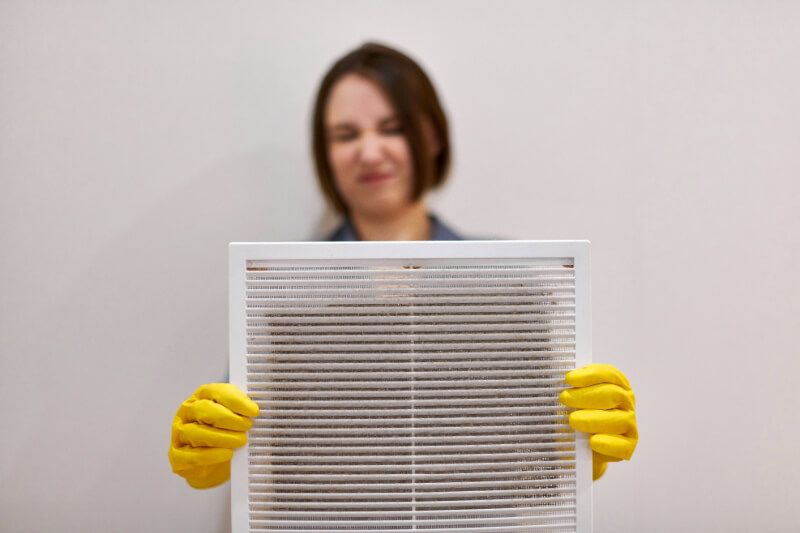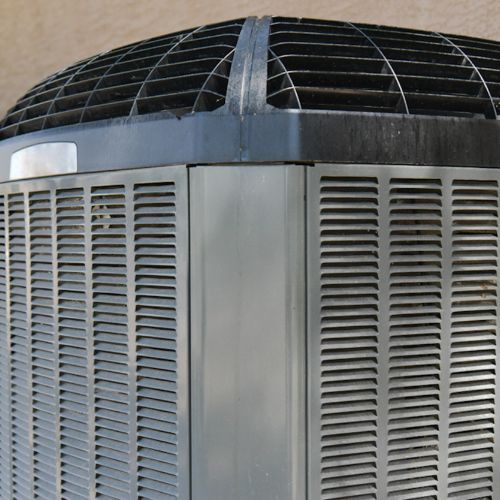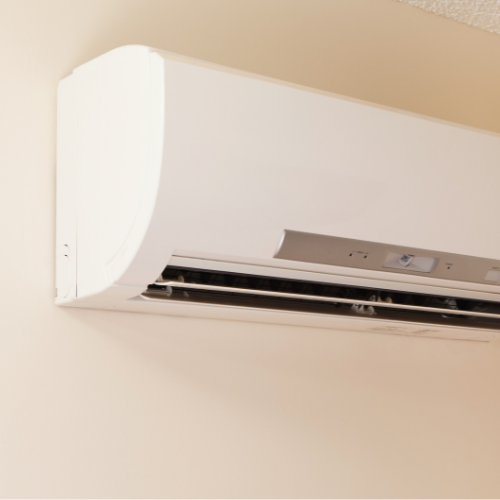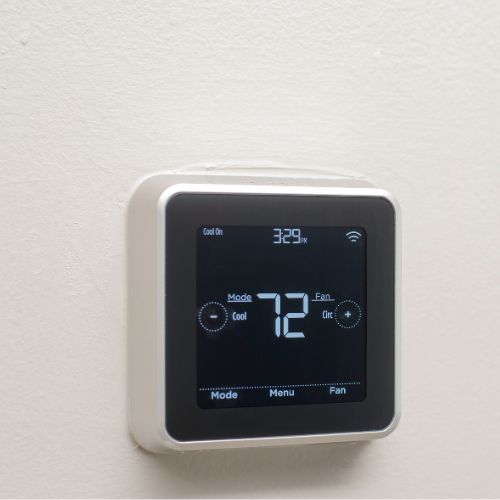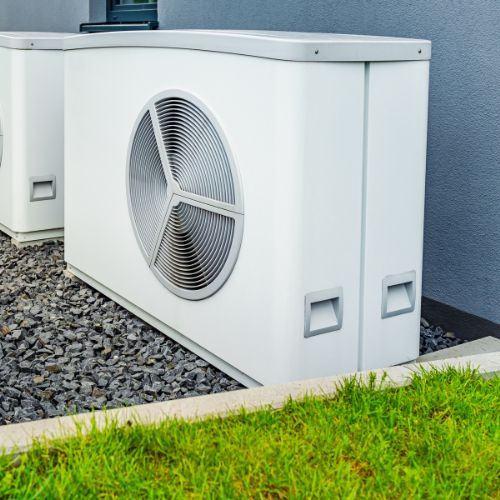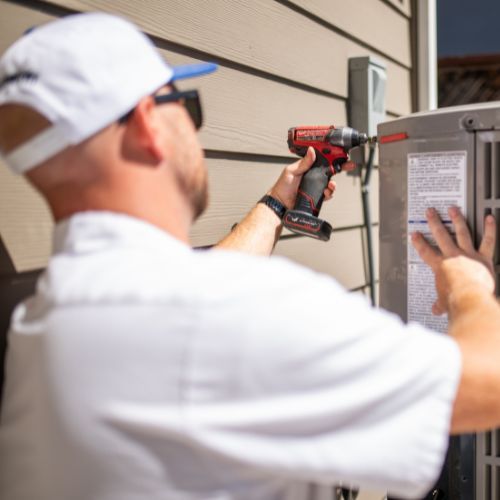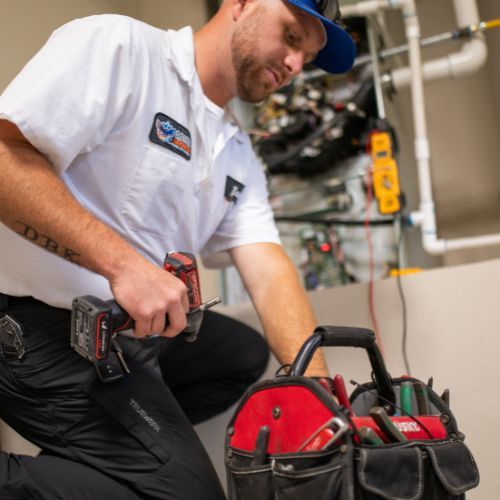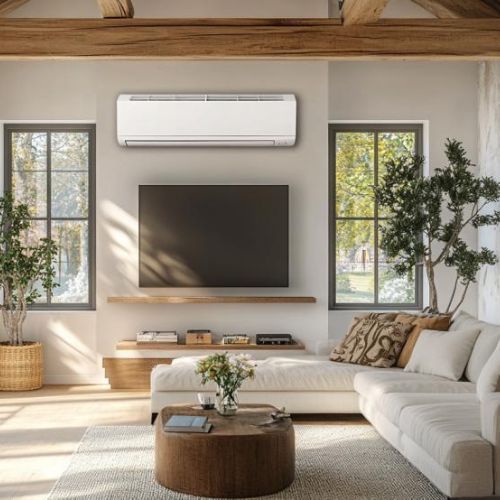Sick Building Syndrome: How to Recognize It and What to Do About It

Table of Contents
ToggleIf you’ve been feeling sick lately and can’t seem to shake the feeling, you may be experiencing sick building syndrome. SBS is a condition that affects many people who spend time in indoor environments. The good news is that there are ways to reduce the incidence of sick building syndrome. In this blog post, we will discuss what sick building syndrome is and how you can recognize the symptoms. We’ll also provide information on air quality services from Elevated Comfort that can help reduce the symptoms of SBS.
What Is Sick Building Syndrome?

According to a 1984 World Health Organization committee report, up to 30% of new and rebuilt structures throughout the world may be the source of excessive indoor air quality (IAQ) complaints. This issue is frequently transitory, but some buildings have persistent issues. When a building is operated or maintained in an irregular way opposed to its original design or stated operating methods, difficulties arise. Indoor air problems can sometimes be attributed to poor building design or occupant behaviors.
How to Recognize Sick Building Syndrome

- allergy-like symptoms, like sneezing
- body or joint aches
- breathing troubles
- burning sensations in the airways
- chills
- difficulty concentrating
- dizziness
- dry, itchy skin or rashes
- fatigue
- fever
- forgetfulness
- headaches
- irritability
- nausea
- runny nose
- throat irritation
- tightness in the chest
Particularly affected by SPS are people who have preexisting respiratory conditions, like asthma, COPD, or allergies. If you are experiencing any of these symptoms, it is important to seek medical help. However, you can also take some steps to improve the air quality in your building and reduce your exposure to sick building syndrome.
Prevent SBS with Indoor Air Quality Services

- Install an air purifier
- Increase ventilation with exhaust fans or an HVAC system upgrade
- Clean or replace filters on your HVAC system regularly
- Eliminate sources of indoor air pollution, like smoking and pets
If you are experiencing sick building syndrome, it is important to take steps to improve the air quality in your building. However, if the symptoms persist or become worse, it is best to seek medical help.
IAQ Specials from Elevated Comfort
For more information on sick building syndrome and how to prevent it, contact Elevated Comfort. We offer a variety of services to improve indoor air quality, including air purification, ventilation upgrades, and filter replacement. We can help you create a healthy environment for you and your family, customers, staff, and visitors with our spring air quality specials. Call or click today to learn more!
